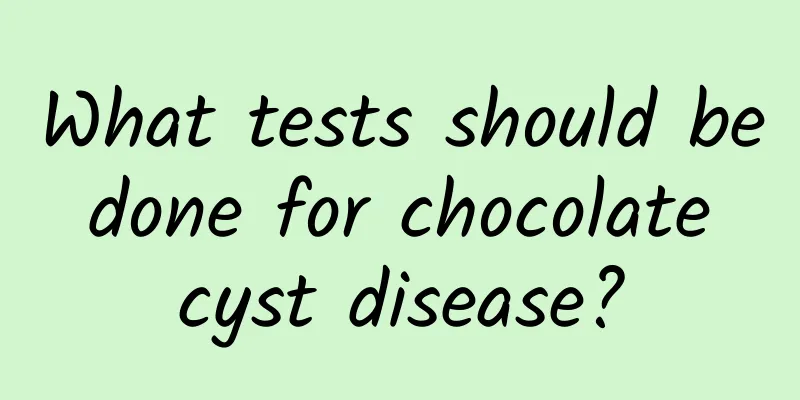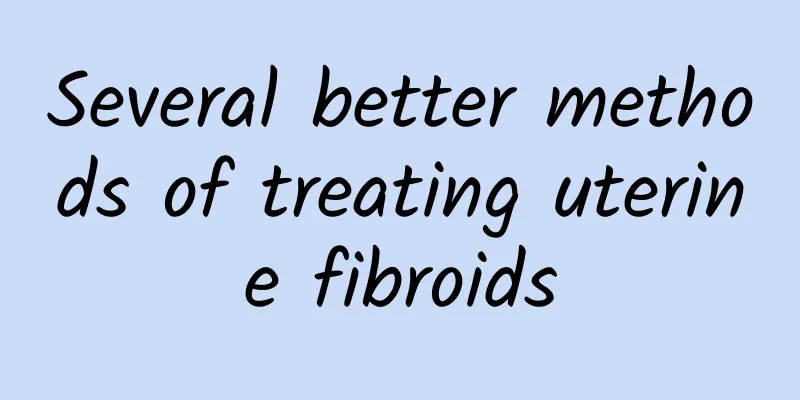Threatened abortion symptoms mid term

|
Symptoms of threatened abortion require prompt medical attention in the middle stage, and intervention should be carried out through rest, medication and lifestyle adjustment. Threatened abortion in the middle stage may manifest as vaginal bleeding, abdominal pain or lower abdominal distension. Common causes include abnormal embryo development, insufficient maternal hormone levels, abnormal uterine structure or external environmental stimulation. 1. Abnormal embryo development is one of the common causes of threatened abortion, which may be related to chromosomal abnormalities or unstable embryo implantation. It is recommended to evaluate embryo development through ultrasound examination and perform genetic testing if necessary. 2. Insufficient maternal hormone levels, especially low progesterone levels, may affect the stable development of the embryo. Doctors may prescribe progesterone drugs such as dydrogesterone, progesterone capsules or injections to support pregnancy. 3. Abnormal uterine structure, such as uterine fibroids, uterine septum or cervical insufficiency, may increase the risk of miscarriage. Depending on the specific situation, cervical cerclage or surgical treatment may be required. 4. External environmental stimulation, such as excessive fatigue, mental stress or exposure to harmful substances, may induce threatened abortion. It is recommended to avoid strenuous exercise, maintain emotional stability, and stay away from tobacco, alcohol and chemical pollution. In terms of diet, eating more foods rich in protein, vitamins and minerals, such as eggs, lean meat, green leafy vegetables and nuts, can help support pregnancy. In terms of exercise, choose gentle activities, such as walking or prenatal yoga, and avoid high-intensity exercise. Symptoms of threatened abortion should be taken seriously in the mid-term. Seek medical attention in a timely manner and follow the doctor's advice for intervention. At the same time, adjusting lifestyle and eating habits will help reduce the risk of miscarriage and protect the health of mother and baby. |
<<: What are the symptoms and causes of cervical erosion?
>>: What are the symptoms of hydatidiform mole?
Recommend
The best hospital for the treatment of functional uterine bleeding
Adolescent women do not know enough about their o...
What are the dangers of an ovarian cyst of 2.3 cm?
Although ovarian cysts grow on the ovaries, they ...
High bad cholesterol increases the risk of myocardial infarction and stroke! 7 must-eat foods to lower cholesterol
Modern people often eat a lot of meat and fish, s...
What foods can cure premature ovarian failure quickly?
What foods can cure premature ovarian failure qui...
How to treat black menstrual residue after abortion? 5 ways to treat black menstrual residue
Abortion is one of the methods that women choose ...
Medication options for ovulation bleeding
What are the medication options for ovulation ble...
What is the difference between a woman who has her uterus removed and a normal woman? The doctor tells the truth
Ms. Wang, 45 years old, has been experiencing low...
What are the three degrees of uterine prolapse?
There are three degrees of uterine prolapse: firs...
Why do women get uterine fibroids? To prevent uterine fibroids, you need to do these 3 things
There are many reasons that induce uterine fibroi...
Abdominal pain is the most common symptom of ovarian cysts
Ovarian cysts are generally the most common disea...
Why do I feel blocked down there during my period?
Why do I feel blocked down there during my period...
What to eat to reduce uterine fibroids
For the treatment of uterine fibroids, diet thera...
Satisfy your calcium and vitamin D supplement needs at once! Homemade zero fat cream soup low calorie delicious
This rich, creamy, fat-free soup uses skim milk i...
What are the main causes of cervical hypertrophy?
Regarding the causes of cervical hypertrophy, man...
4 exercise weight loss principles to double the weight loss effect
Although we know that to lose weight you need to ...









